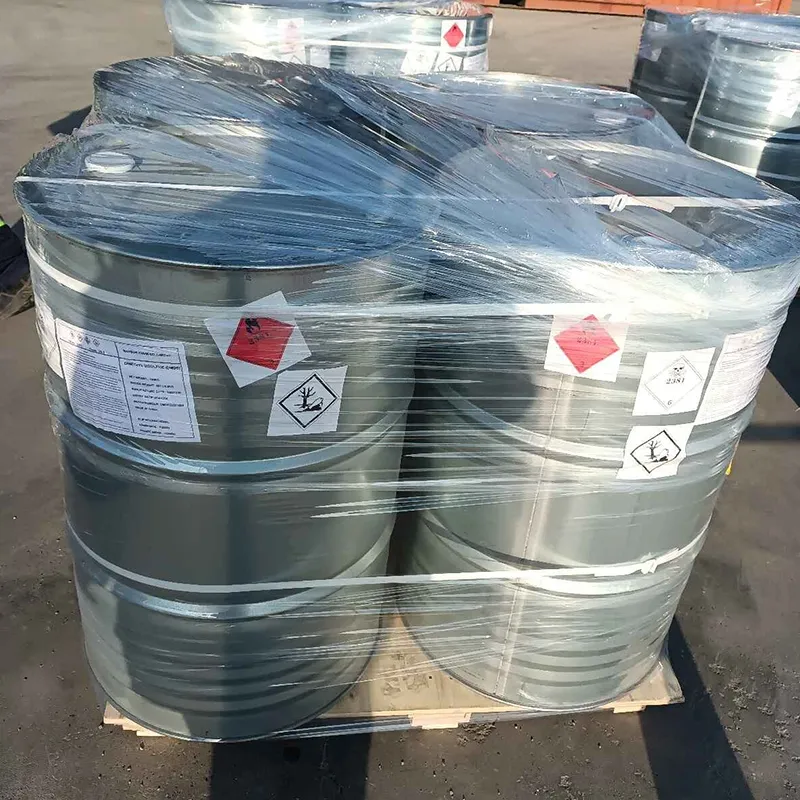
a food additive
Understanding Food Additives Safety, Purpose, and Types
Food additives are substances that are intentionally added to food to enhance its flavor, appearance, freshness, and shelf life. Their use is widespread in modern food production, and they play a vital role in the global food supply chain. This article will explore the different types of food additives, their purposes, safety regulations, and prevailing concerns surrounding their use.
Types of Food Additives
Food additives can be categorized into several groups based on their functions
1. Preservatives These additives are designed to prevent spoilage caused by microorganisms, such as bacteria and fungi. Common preservatives include salt, sugar, vinegar, and chemical compounds like sodium benzoate and potassium sorbate. By inhibiting microbial growth, preservatives extend the shelf life of food products.
2. Flavor Enhancers Used to boost the natural flavors of food, flavor enhancers include substances like monosodium glutamate (MSG). While these additives can make food more palatable, they can also raise concerns for some consumers, especially those sensitive to certain flavor compounds.
3. Color Additives Colorants are added to food to enhance their visual appeal. Natural color additives like beet juice or turmeric provide vibrant hues, while artificial dyes such as Red 40 or Yellow 5 are synthetically produced. The visual impact of food can significantly influence consumer perception, making color additives an essential part of food marketing.
4. Emulsifiers and Stabilizers These additives help maintain the texture and consistency of food products. Emulsifiers allow for the mixing of oil and water, which is crucial in products like mayonnaise and salad dressings. Stabilizers help maintain a uniform product, preventing separation in items like yogurt and ice cream.
5. Sweeteners Sugar substitutes, both natural and artificial, are used to provide sweetness to products without the calories of sugar. Examples include aspartame, stevia, and sucralose. These additives have grown increasingly popular as consumers become more health-conscious and seek to reduce sugar intake.
a food additive

6. Nutritional Additives These are added to enhance the nutritional value of food, including vitamins, minerals, and amino acids. Fortifying foods with nutrients can help combat deficiencies within populations, as seen with vitamin D added to milk and iodine to salt.
Safety and Regulations
The safety of food additives is closely regulated by government agencies such as the U.S. Food and Drug Administration (FDA) and the European Food Safety Authority (EFSA). These organizations evaluate the safety of additives before they are approved for use in food products. They establish acceptable daily intake (ADI) levels, which indicate the maximum amount that can be consumed daily over a lifetime without significant health risks.
However, the safety of food additives can be a contentious issue. While many additives have been extensively studied and deemed safe, some individuals may experience adverse reactions. For instance, certain colorings and preservatives have been associated with hyperactivity in children, while others may cause allergic responses.
Concerns and Future Directions
Despite the benefits of food additives, there is a growing consumer movement advocating for cleaner labels, which, in turn, is driving demand for natural ingredients and the reduction of artificial additives. Many consumers prefer products labeled as “additive-free” or “organic,” which often translates to more whole-food ingredients without synthetic chemicals.
Additionally, advances in food technology continue to introduce new additives, raising questions about their long-term health effects. As science evolves, so too should regulations and consumer awareness regarding food additives.
In conclusion, food additives play a crucial role in the modern food industry, contributing to taste, safety, and overall food quality. While they are generally recognized as safe, it is essential for consumers to be informed and to make food choices aligned with their health preferences and dietary needs. Balancing the benefits of food additives with potential risks will ensure a safe and enjoyable food experience for everyone.
-
Understanding Synthetic Rubber OptionsNewsApr.27,2025
-
Trichloroisocyanuric Acid: Essential for Clean and Safe WaterNewsApr.27,2025
-
Sodium Dichloroisocyanurate: Key to Safe Water TreatmentNewsApr.27,2025
-
Sodium Acid Pyrophosphate: Essential in Modern Food ProcessingNewsApr.27,2025
-
Essential Water Treatment ChemicalsNewsApr.27,2025
-
Denatured Alcohol and Its Industrial UsesNewsApr.27,2025
-
The Versatile Uses of Sodium BicarbonateNewsApr.24,2025
Hebei Tenger Chemical Technology Co., Ltd. focuses on the chemical industry and is committed to the export service of chemical raw materials.
-

view more DiethanolisopropanolamineIn the ever-growing field of chemical solutions, diethanolisopropanolamine (DEIPA) stands out as a versatile and important compound. Due to its unique chemical structure and properties, DEIPA is of interest to various industries including construction, personal care, and agriculture. -

view more TriisopropanolamineTriisopropanolamine (TIPA) alkanol amine substance, is a kind of alcohol amine compound with amino and alcohol hydroxyl, and because of its molecules contains both amino and hydroxyl. -

view more Tetramethyl Thiuram DisulfideTetramethyl thiuram disulfide, also known as TMTD, is a white to light-yellow powder with a distinct sulfur-like odor. It is soluble in organic solvents such as benzene, acetone, and ethyl acetate, making it highly versatile for use in different formulations. TMTD is known for its excellent vulcanization acceleration properties, which makes it a key ingredient in the production of rubber products. Additionally, it acts as an effective fungicide and bactericide, making it valuable in agricultural applications. Its high purity and stability ensure consistent performance, making it a preferred choice for manufacturers across various industries.











